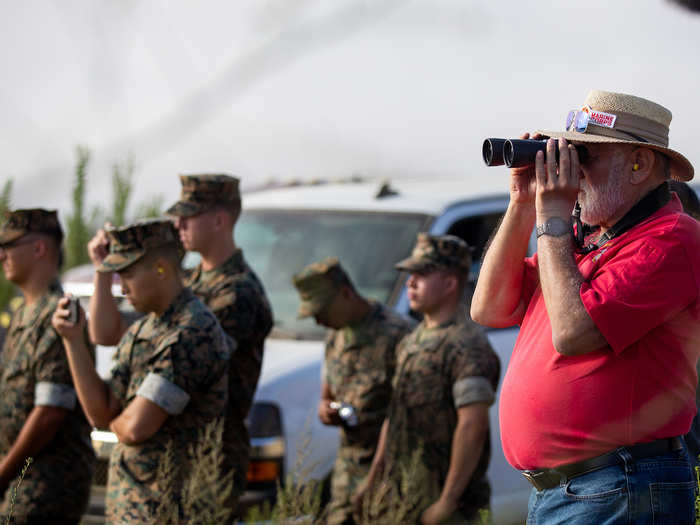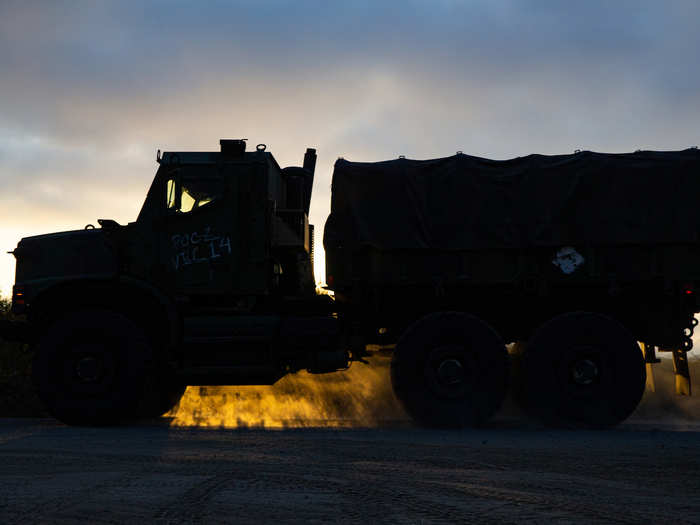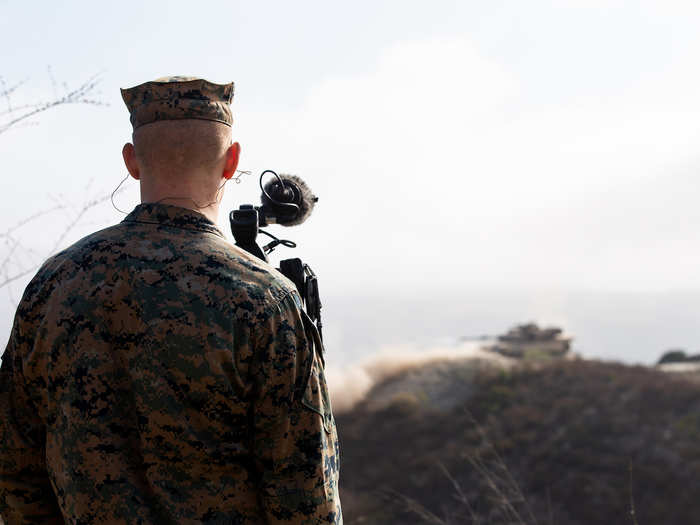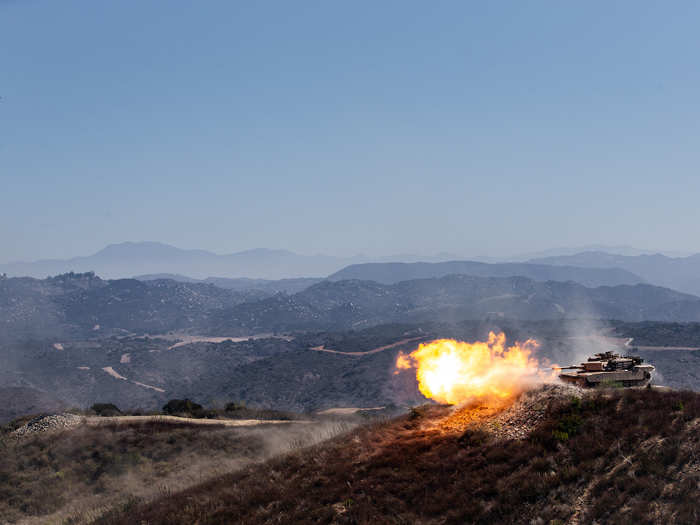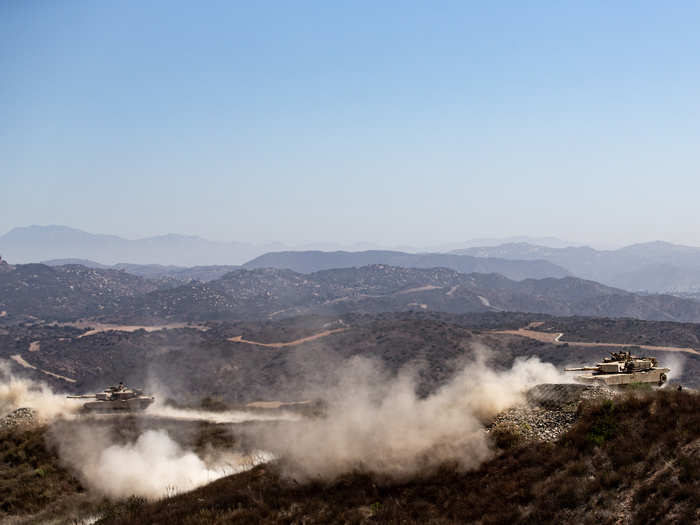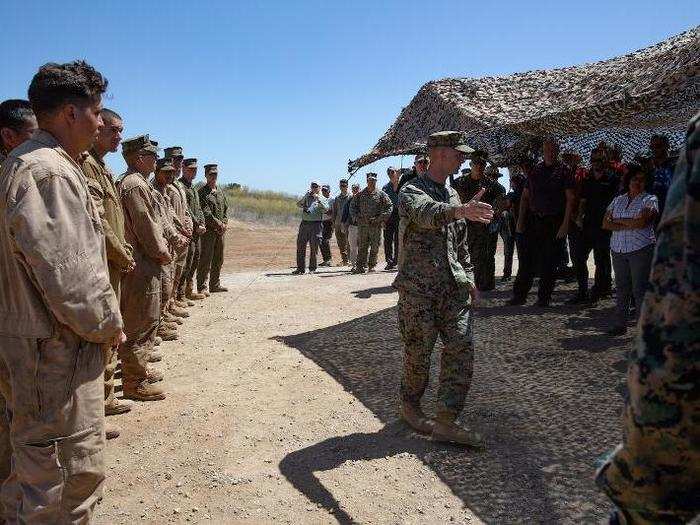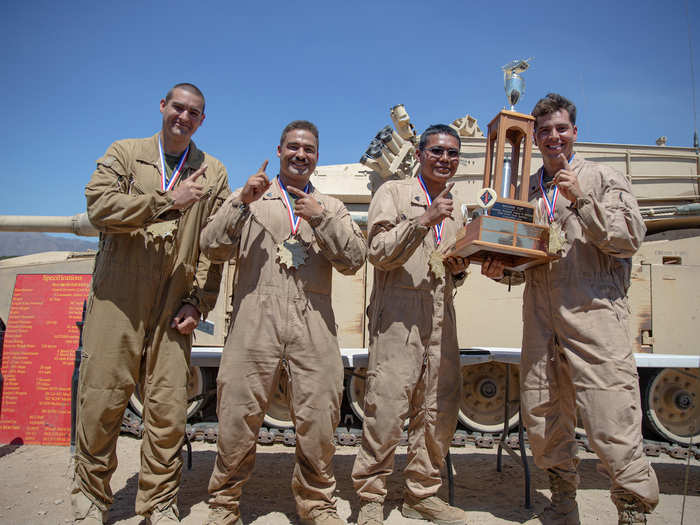Marines competed at Camp Pendleton to find the Corps' most lethal tank crew
Hand-selected Marines from across the Corps, active duty and reserve, traveled to Camp Pendleton to compete in the tank gunnery competition. TIGERCOMP consisted of a physical training competition, call for fire and vehicle identification.
Popular Right Now
Popular Keywords
Advertisement

